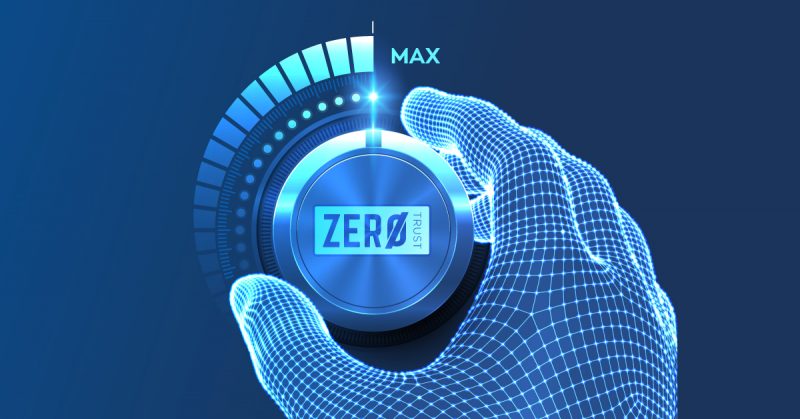
- Are you struggling to implement Zero Trust across siloed data-centric tool sets? You’re not alone. Analysts say this is one of the major roadblocks to Zero Trust uptake. The hybrid workplace left security teams scrambling to deploy new point solutions, adding to an existing array of data protection tools. These disparate solutions sit at ingress/egress points (DLP/CASB/EPP) applying rules and analytics where sensitive data intersects with users, applications, and devices. It’s where data intersects...
- Are you struggling to implement Zero Trust across siloed data-centric tool sets? You’re not alone. Analysts say this is one of the major roadblocks...


